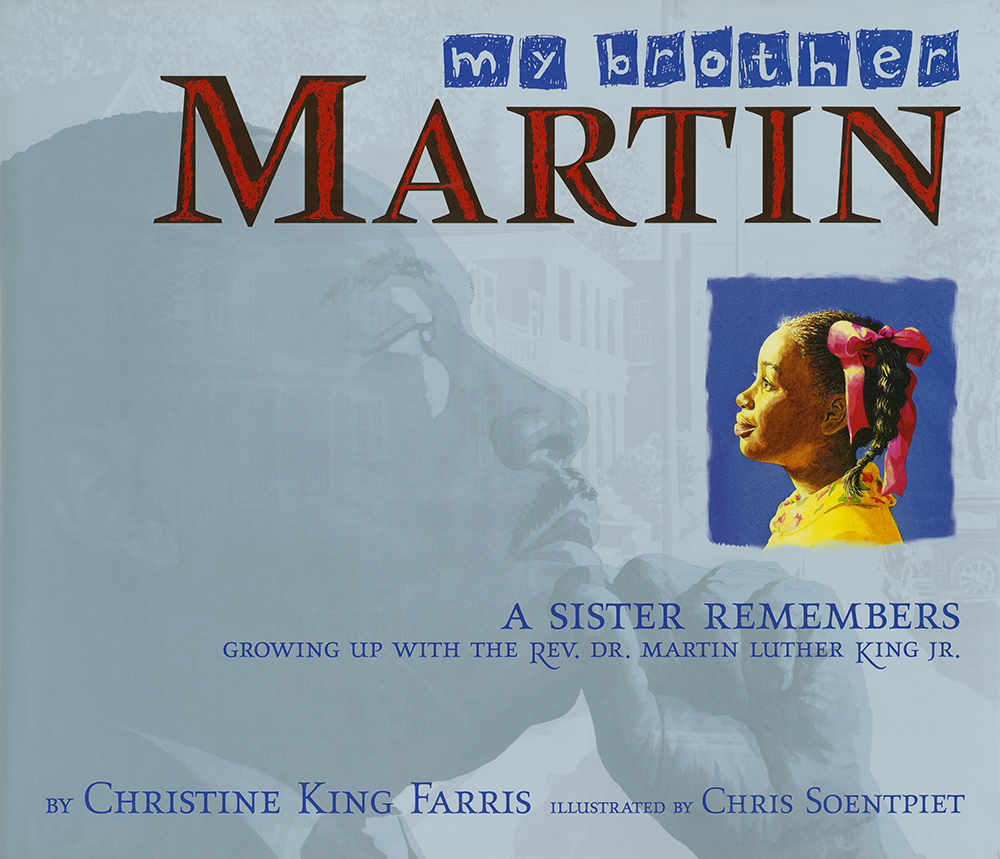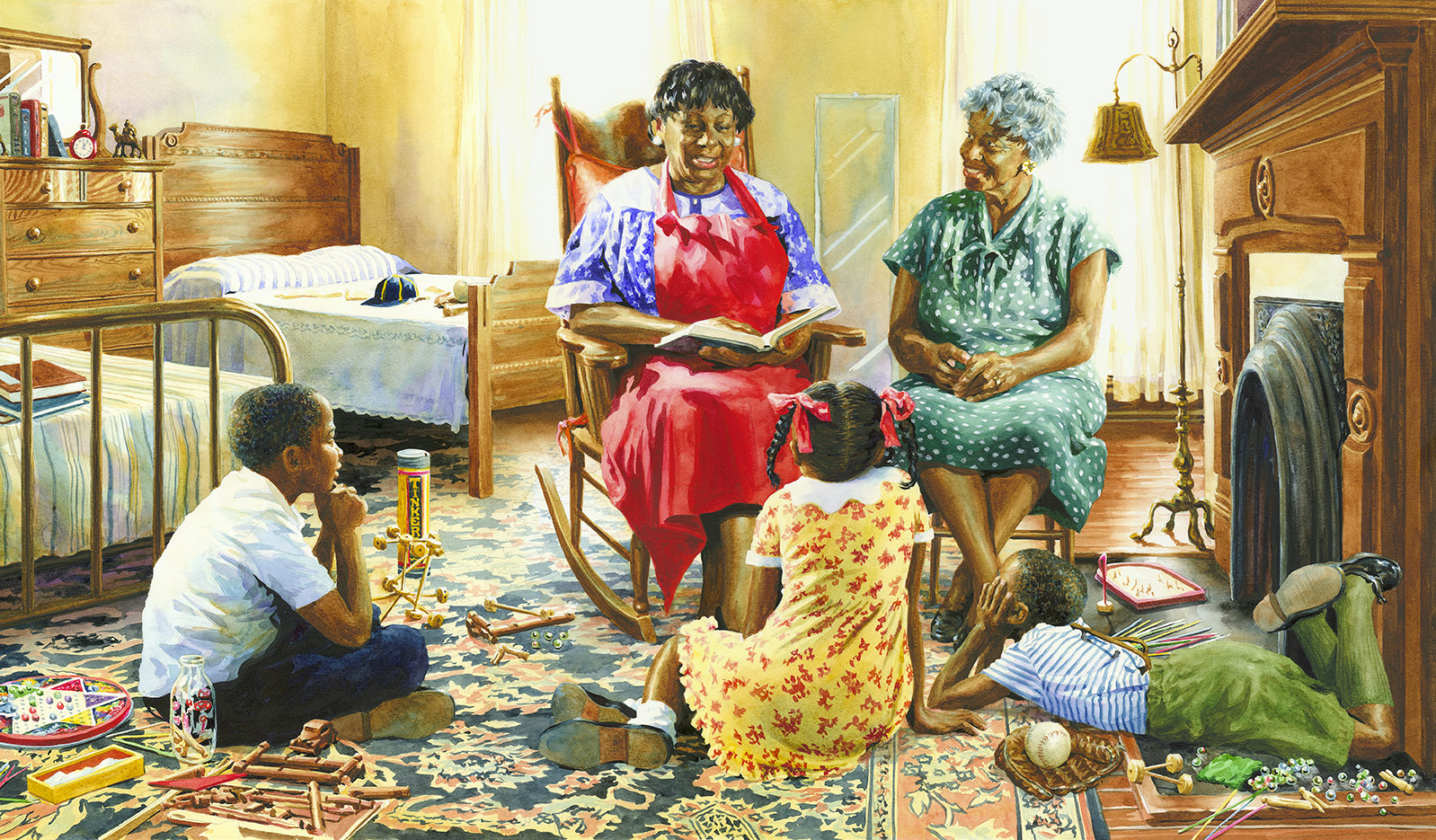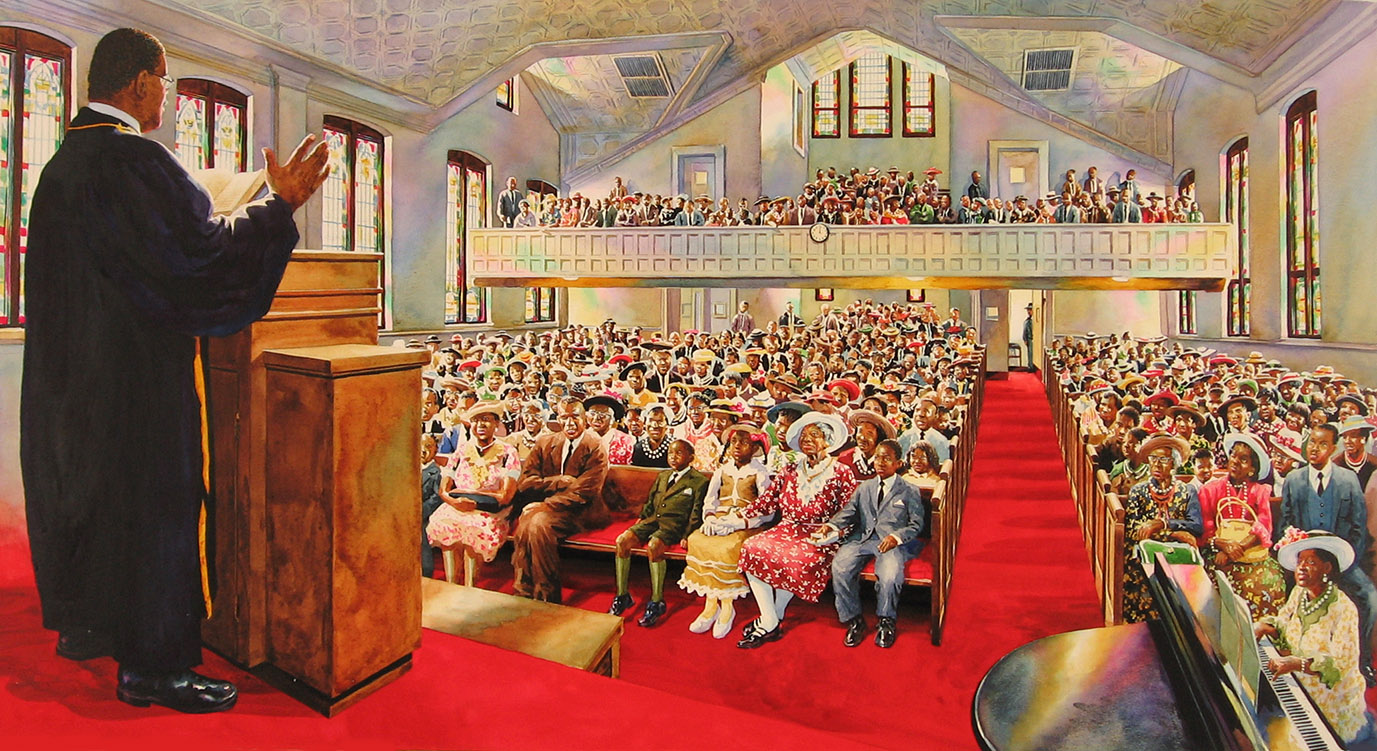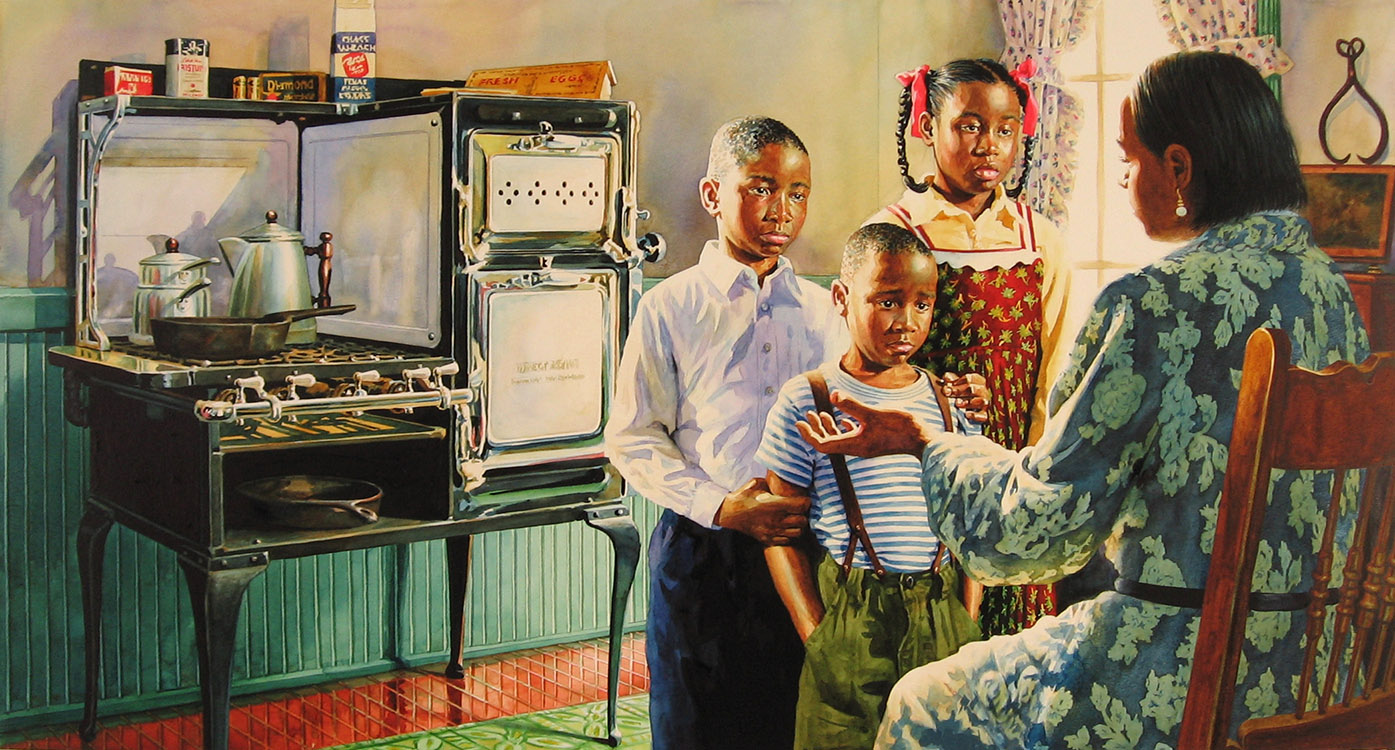MY THOUGHTS ON “MY BROTHER MARTIN”:
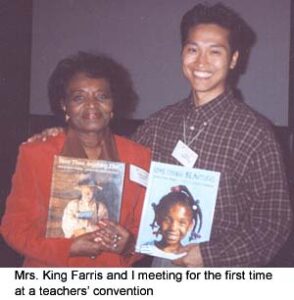 As I was preparing to give a speech at a teachers conference, distracted in my preparations, I wasn’t fully aware of the person introducing me. As it turned out, that person was Mrs. Christine King Farris, sister of the late Dr. Martin Luther King Jr. She sat through my presentation and afterward asked if I would be interested in working with her on a project-a book about her childhood with her brother. Of course, I was incredibly flattered. As a youngster, I had idolized this remarkable human being. She went on to say that I and the things I said during my presentation reminded her of her brother. I felt truly honored.
As I was preparing to give a speech at a teachers conference, distracted in my preparations, I wasn’t fully aware of the person introducing me. As it turned out, that person was Mrs. Christine King Farris, sister of the late Dr. Martin Luther King Jr. She sat through my presentation and afterward asked if I would be interested in working with her on a project-a book about her childhood with her brother. Of course, I was incredibly flattered. As a youngster, I had idolized this remarkable human being. She went on to say that I and the things I said during my presentation reminded her of her brother. I felt truly honored.
Christine and I kept in contact and soon Mrs. Farris’s editor at Simon and Schuster contacted me. Within a matter of weeks the book was underway. My first course of action, a trip to the King Center in Atlanta where Mrs. Farris, our editor, and I walked through the places of Dr. King’s childhood-his home, his church, the neighborhood firehouse where he and his friends spent much of their time-all while discussing what we thought this book should be. I snapped photographs and listened while Mrs. Farris regaled us with recollections of a childhood spent with a little boy who would grow up to change the world. I was moved beyond words and left Atlanta with the feeling of being a part of something historic.
I returned to Atlanta for a second time with my camera, lighting equipment, backdrop, and clothes for the models to wear. Because I paint realistically I need to use live models to ensure the main characters look the same from one angle to another. Christine greeted me at Ebenezer Baptist Church with southern graciousness and charm. She personally chose each model to represent the character in her story.
The boys who portrayed Martin Jr. and AD are Christine’s grandnephew. Christine’s daughter portrayed “Mother Dear”. The current pastor at Ebenezer Baptist portrayed “Daddy” King. Even Christine’s young granddaughter was an eager model. The rest of the cast were personal and close friends of the King family. The models shared with me interesting stories of their time with Dr. King, which helped me visualize the illustration process. All the models agreed their participation was a special tribute to Dr. King’s legacy.
Christine’s presence added another element of authenticity to my photo shoot. For example, did you know Aunt Ida did not go to church-so I made sure I did not paint her in a church scene.
As part of my painting process, I also sketched the original King’s childhood home on 510 Auburn Avenue in Atlanta, which is now preserved by The King Center.
The spirit and generosity from Mrs. Farris, the staff at both the Ebenezer Baptist Church and the National Historic Site, and the King family helped to make my work on MY BROTHER MARTIN as genuine and authentic as I think possible. It is my sincere hope that the part I played in the creation of this book helps Dr. King’s vision of justice and harmony live on.
– Chris Soentpiet


